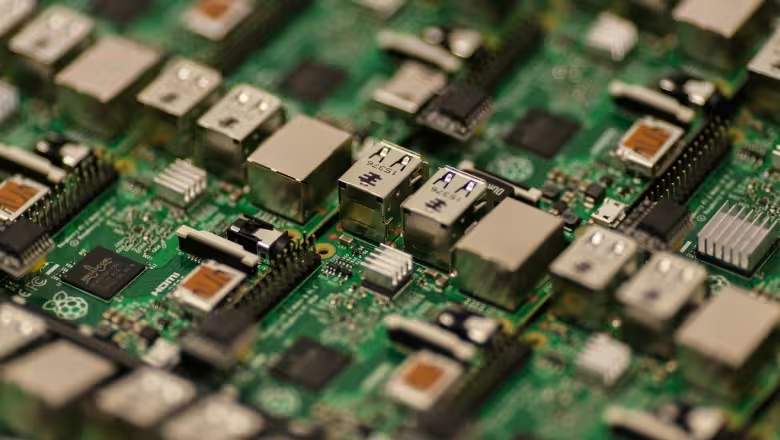도입이 처음이신가요?
ORBRO 전문가가 직접 상황을 분석하고
최적의 솔루션을 제안해드립니다.

What is IoT? Applications of IoT

In the era of digital transformation, the term IoT (Internet of Things) appears more and more in technology discussions, business development strategies, and everyday life. So what exactly is IoT, and how is it changing the world? This article will help you understand the concept, underlying principles, and prominent real-world applications of IoT.
1. What Is IoT?
IoT (Internet of Things) refers to the network of physical devices connected to the internet and to each other via sensors, software, and other technologies. These devices can collect and exchange data without human intervention.
For example, a smart watch measures your heart rate and sends the data to your phone; a smart-home system lets you control lights, air conditioning, and security cameras remotely via an app.
2. How IoT Works
A basic IoT system consists of four layers:
• Devices (Things): Physical objects equipped with sensors, processing chips, or connectivity software (e.g., temperature sensors, cameras, humidity meters).
• Connectivity: The network layer Wi-Fi, Bluetooth, 5G, Zigbee, or LPWAN that carries the data from devices.
• Processing Platform (Cloud/Edge): Data is sent to a central cloud or edge-computing environment for storage, analysis, and processing.
• User Interface (App/Web Dashboard): Users monitor and control devices through a mobile app or web dashboard.
3. Real-World IoT Applications
Consumer & Daily Life
Smart Home
Control lights, TV, air conditioning, and air purifiers by voice or smartphone. Automate schedules or environmental triggers to switch devices on and off.
Wearable Devices
Smartwatches and fitness bands track health metrics (sleep, heart rate) and sync data with your phone or healthcare systems.
Intelligent Transportation
GPS navigation, traffic-flow sensors, and smart parking systems use IoT to make travel more convenient and time-efficient.
Business & Industrial IoT
Smart Manufacturing
Monitor machinery in real time, automate quality inspections, and trigger predictive maintenance alerts to boost productivity, reduce downtime, and cut maintenance costs.
Warehouse & Supply Chain Management
Equip goods with RFID tags, temperature/humidity sensors, or GPS trackers to monitor location and storage conditions in real time, automating inbound/outbound processes.
Healthcare IoT
Hospitals use IoT to remotely monitor patients, manage medical equipment, and analyze real-time health data to support more accurate diagnoses.
Smart Agriculture
Soil-moisture and weather sensors automate irrigation and fertilization, conserving water and maximizing crop yields.
Smart City
Public lighting, air-quality monitoring, waste collection, and urban security systems leverage IoT for more efficient city operations.
4. Benefits of IoT
Improved Operational Efficiency
Automation reduces manual errors, speeds up processes, and saves labor.
Faster, Data-Driven Decisions
Continuous data collection equips managers with real-time insights.
Cost Savings
Early anomaly detection extends equipment life and cuts repair costs.
Enhanced User Experience
From smart homes to personalized services, IoT boosts customer satisfaction and convenience.
5. Challenges of IoT Deployment
Although IoT offers many advantages, its implementation faces several challenges:
Security & Privacy
IoT data can be vulnerable to breaches if not properly encrypted and protected.
Compatibility & Standardization
Devices from different manufacturers may not seamlessly connect or integrate without common protocols.
Initial Investment Costs
Infrastructure setup, device procurement, platform integration, and skilled personnel require substantial budgets.
6. The Future of IoT
With the rapid advancement of 5G, AI, and cloud computing, IoT will continue expanding across industries. By 2030, over 25 billion IoT devices are projected to be operational worldwide, ushering in a new era for the digital economy.
7. Conclusion
IoT is no longer just a futuristic concept, it’s already shaping every aspect of our lives and businesses. From the smartwatch on your wrist to factory automation and urban infrastructure, IoT solutions connect everything to create smarter, more efficient environments. Businesses that embrace IoT for innovation and process optimization will unlock new growth opportunities and secure a competitive edge in the global market.
공유하기






